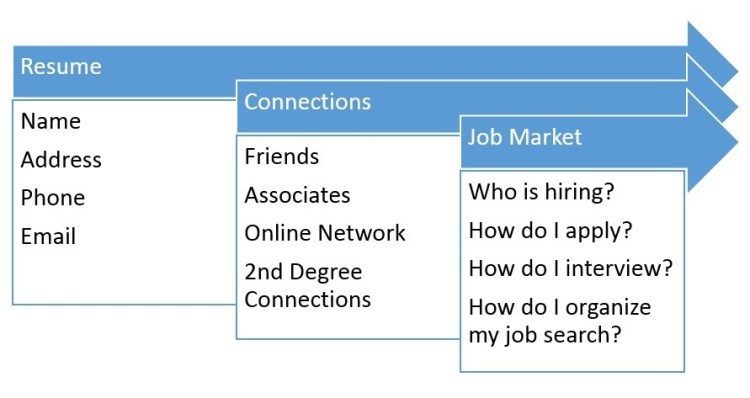There is more than One Way to Get a Job.
I read a great deal about getting a job through direct referrals.
However, some career coaches recommend that you limit yourself to a dozen companies where you really want to work and use a direct referral to get into those companies. Companies still use several sources for finding job applicants.
- Recruiters
- Job boards
- Company websites
- Newspapers
- Trade journals
- Internet want ads including newspapers and Craigslist
- Social Media
- Press releases and other methods
There are many opportunities that you will never find through your network alone.
I do recommend that you pick companies that really interest you. I also recommend that you try to network into those companies directly. Companies use direct referrals. As a contract recruiter, I have recruited for companies that also paid a referral fee to their employees for direct referrals. Direct referrals come into the company with a solid reference from a person the company knows. A company can evaluate the value of the referral based on the company’s knowledge of the person making the referral.
I do not recommend that you have exhaust your network resources before you to turn to other resources for a job. If you really need a job, contact and build your network daily. However, also use the other resources on a daily basis.
One way to search for jobs is to use Google or Bing. These search engines will pick up opportunities that are on job boards, company sites, recruiters’ websites, or many other places on the Internet. You will only need to spend a few minutes a day searching through job search engines to find opportunities.
I created the website Jay Wren Jobs. The website has a job board. In addition, I built a custom search engine that will help you find a job.
If you really need a job, use all your resources. Make your job search as much of a full-time job as you can. Good luck with your search. Finding a job is not easy for everyone. However, as you use more resources, you will find more opportunities.

